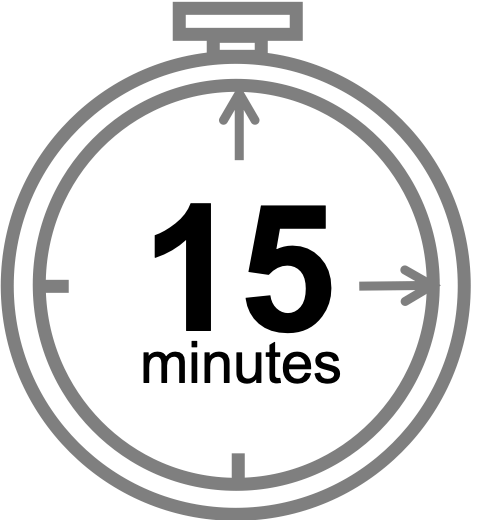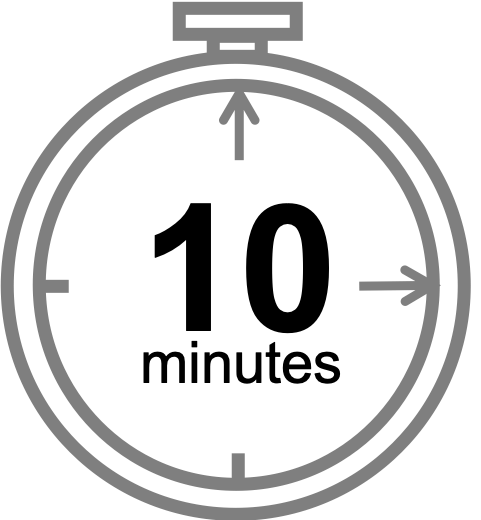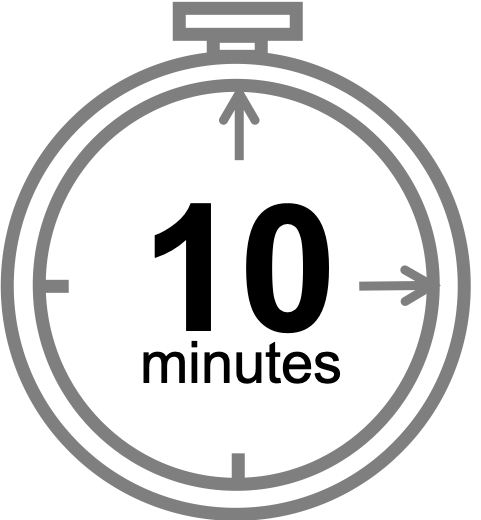Who 'Owns' the Arctic?
The cold climate and seasonal sea ice cover make the Arctic region a relatively inaccessible part of the globe. However, as Earth's climate warms and Arctic sea ice cover declines, new opportunities for shipping and resource extraction could open up in the high north. This prompts the question: Who can claim ownership of the Arctic?
This is a particularly tricky question since so much of the Arctic is underwater. This week, we explore the complex phenomenon of Arctic geopolitics.
World's largest shipping company heads into Arctic as global warming opens the way
 Planting a Flag in the Arctic: Not so EEZ
Planting a Flag in the Arctic: Not so EEZ
According to international law, the North Pole and the ocean surrounding it are not owned by any country--these waters are considered to be the 'heritage of all mankind'. However, the waters get a bit murky closer to land...
Established by the United Nations Convention on the Law of the Sea in 1982, the exclusive economic zone (EEZ) of a coastal nation is the region extending 200 nautical miles (370 km) offshore from a nation's shoreline or other baseline. A nation has rights to the management and use of marine resources in the water column and on the seafloor within its EEZ. It seems simple enough, but it turns out a nation also can claim rights to the seabed of the continental shelf up to 350 nautical miles (650 km) from their shoreline beyond their EEZ, and this rule has led to some unresolved territorial disputes between nations in the Arctic. Check out page 11 of this European Parliament report to see a map of overlapping and competing territorial claims in the Arctic.
Arctic Continental Shelf Claims: Mapping Interests in the Circumpolar North
Arctic Governance: Challenges and Opportunities
Evolution of Arctic Territorial Claims and Agreements: A Timeline (1903-Present)
Activity: Laying a Claim on a Continental Shelf
To claim underwater territory, coastal nations must first understand their nearshore seafloor geology. In this short activity, your students will examine maps of Arctic Ocean bathymetry and identify continental shelves of the Arctic coastal nations.
Activity extension: Go to the MOSAiC web app and see where the Polarstern is now. Is the icebreaker in international waters?
Go to MOSAiC web app
![]()
![]()
 Quick Bite: Icebreakers of the World
Quick Bite: Icebreakers of the World
The German research icebreaker Polarstern may be at the heart of the MOSAiC expedition, but four other icebreakers from Russia, China, and Sweden will serve important roles resupplying the Polarstern with fuel and exchange personnel. Icebreakers come in all shapes, sizes, and icebreaking capabilities. What countries around the world have icebreakers? Why would a country want to have an icebreaker?
Take a look at this graphic showing the major icebreakers owned by various countries that are either in operation, being constructed, or planned. What do you notice? How are the various kinds of icebreakers different? Why do you think this is? Which country has the most icebreakers? What benefit would an icebreaker be to a country? Can you find the Polarstern or the MOSAIC Russian support icebreaker Fedorov? What are their characteristics?
Graphic: Major icebreakers of the world
![]()
![]()
 #askmosaic: Shining bright like an excited oxygen molecule
#askmosaic: Shining bright like an excited oxygen molecule
Submitted question: Are northern lights seasonal and is there a reason why the colors change?
Answering this question requires us to first 'shed light' on how the aurora borealis, or northern lights, form in the first place. To do this, we have to leave our blue planet and travel almost 93 million miles to the bright star that gives us energy for life: our Sun.
The northern lights are often green, but can sometimes be shades of red or blue. Have you ever seen a red neon sign in a store window? The phenomenon that causes the sign to be red is also what determines the colors of the aurora. Different gases give off different colors at different altitudes in the atmosphere when they are excited by electricity running through them. Our atmosphere is made up of a variety of different gases, including nitrogen and oxygen. Oxygen at 60 miles up in the atmosphere gives off a yellow-green color, but at 200 miles up gives off a red color. Nitrogen at lower altitudes produces blue light, and higher up produces violet light.
Predicting the Aurora
Curious where you can see the northern lights and how bright they will be? Check out the Space Weather Prediction Center (SWPC)'s 30-minute Aurora Forecasting tool. Use this tool and information from the video above to:
- Determine if participants on the Polarstern are viewing or will view the northern lights
- Answer the question of whether or not the northern lights are seasonal (you might need to revisit this seasons interactive to answer this question)
SWPC 30-Minute Aurora Forecasting Tool
Read more: Aurora Borealis colors explained
Classroom Activity Package: Exploring the Aurora Throughout Art and Writing (grades 3-5)
Submit an #askmosaic question!
![]()
![]()
![]()
 MOSAiC Weekly Tracking
MOSAiC Weekly Tracking
Plot the Polarstern
Each week we will provide you with the latitude and longitude coordinates of the Polarstern so that your students can track its journey across the Arctic in your classroom.
Download the map to plot coordinates
Download a larger map of the Arctic for a bigger picture view of the expedition area
Location of the Polarstern
| Date | Latitude | Longitude |
| September 16, 2019 | 69.68 N | 18.99 E |
| September 23, 2019 | 72.31 N | 26.93 E |
| September 30, 2019 | 85.12 N | 138.05 E |
| October 4, 2019** | 85.08 N | 134.43 E |
| October 7, 2019 | 85.10 N | 133.82 E |
| October 14, 2019 | 84.85 N | 135.03 E |
| October 21, 2019 | 84.97 N | 132.73 E |
| October 28, 2019 | 85.47 N | 127.07 E |
| November 4, 2019 | 85.88 N | 121.70 E |
| November 11, 2019 | 85.82 N | 116.00 E |
| November 18, 2019 | 86.05 N | 122.43 E |
| November 25, 2019 | 85.85 N | 121.35 E |
| December 2, 2019 | 85.97 N | 112.95 E |
**Day when MOSAiC reached the ice floe that the Polarstern will become frozen in and drift with for the next year.
Log MOSAiC Data
Download a MOSAiC Data Logbook to keep track of Arctic conditions over the course of the expedition
Arctic Data* - NOTE: Length of day numbers have been updated based on more accurate models!
| Date | Length of day (hrs) | Air temperature (deg C) at location of Polarstern | Arctic Sea Ice Extent (million km2) |
| September 16, 2019 | 13.25 | High: 10 Low: 4.4 | 3.9 |
| September 23, 2019 | 12.35 | High: 6 Low: -1 | 4.1 |
| September 30, 2019 | 9.1 | -4.7 | 4.4 |
| October 4, 2019** | 6.27 | -13.0 | 4.5 |
| October 7, 2019 | 3.05 | -8.2 | 4.6 |
| October 14, 2019 | 0 | -14.7 | 4.8 |
| October 21, 2019 | 0 | -12.8 | 5.4 |
| October 28, 2019 | 0 | -18.3 | 6.8 |
| November 4, 2019 | 0 | -18.9 | 8.0 |
| November 11, 2019 | 0 | -25.5 | 8.7 |
| November 18, 2019 | 0 | -10.7 | 9.3 |
| November 25, 2019 | 0 | -18.4 | 10.0 |
| December 2, 2019 | 0 | -26.6 | 10.4 |
*Note: We expect data to fall within the following ranges: Length of day, 0-24 hours; Temperature, -40 to 14 degrees C; Sea ice extent, 3-15 million km2
**Day when MOSAiC reached the ice floe that the Polarstern will become frozen in and drift with for the next year.
 MOSAiC Ambassadors' Corner
MOSAiC Ambassadors' Corner
Lectures, videos, podcasts and workshops: during the upcoming year, follow the MOSAiC School outreach activities with the MOSAiC Ambassadors' Corner.
This month, discover two amazing videos from our Ambassadors:
- Rosalie McKay's clip "The MOSAiC School in 52 seconds" will give you a sneak peek of these fascinating 6 weeks in the Arctic as a MOSAiC School student.
- Find out about the highlights of the MOSAiC Leg 1a onboard the RV Akademik Fedorov, with a short and inspiring movie from Anika Happe.
Stay tuned for monthly updates!
 MOSAiC Monday and the NGSS
MOSAiC Monday and the NGSS
What do those funny symbols below some engagements mean?
Good news for educators in the U.S. teaching with the Next Generation Science Standards (NGSS) or similar! We will now be tagging MOSAiC Monday engagements with the NGSS Disciplinary Core Idea subject(s), Science and Engineering Practice(s), and Crosscutting Concept(s) that they most closely connect to. Look for these symbols listed below each engagement:
Disciplinary Core Idea Subjects
Science and Engineering Practices (adopted from the San Diego County Office of Education Science Resource Center)
Crosscutting Concepts (adopted from the San Diego County Office of Education Science Resource Center)
Is there something you'd like to see in MOSAiC Monday? Let us know!
Send us your feedback
New to MOSAiC Monday? Check out past editions!
Browse more expedition-related educational resources, videos, and blogs
